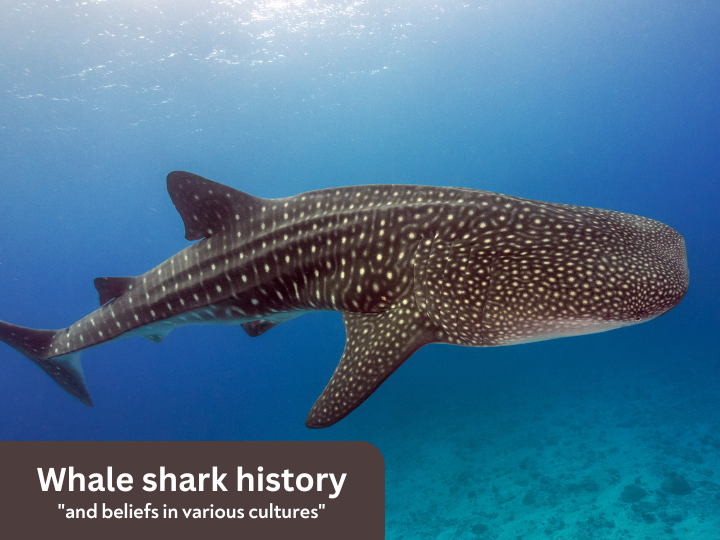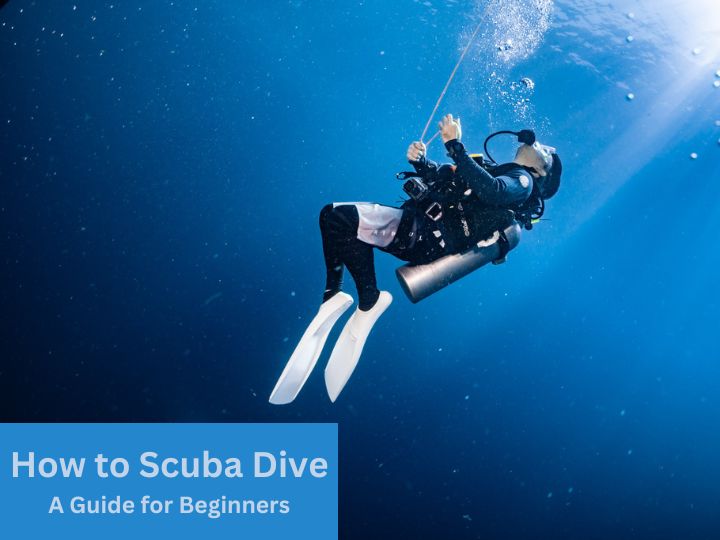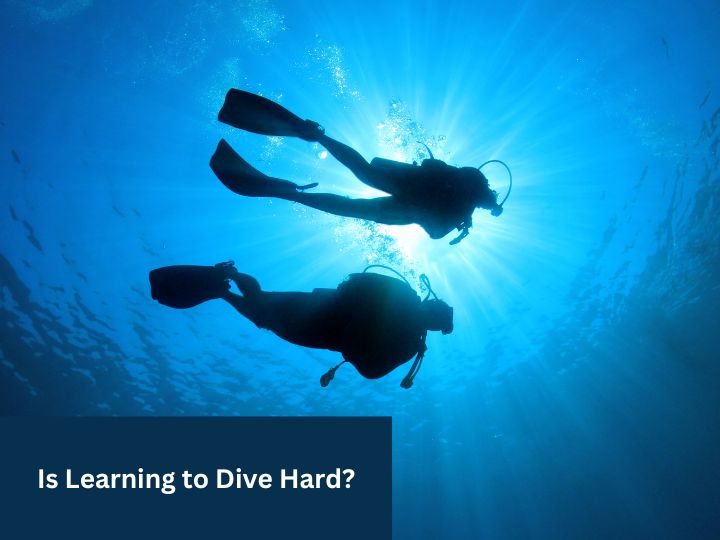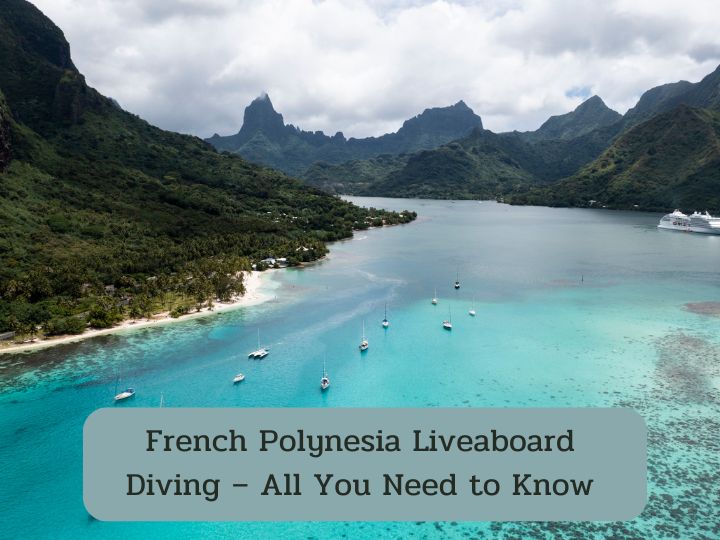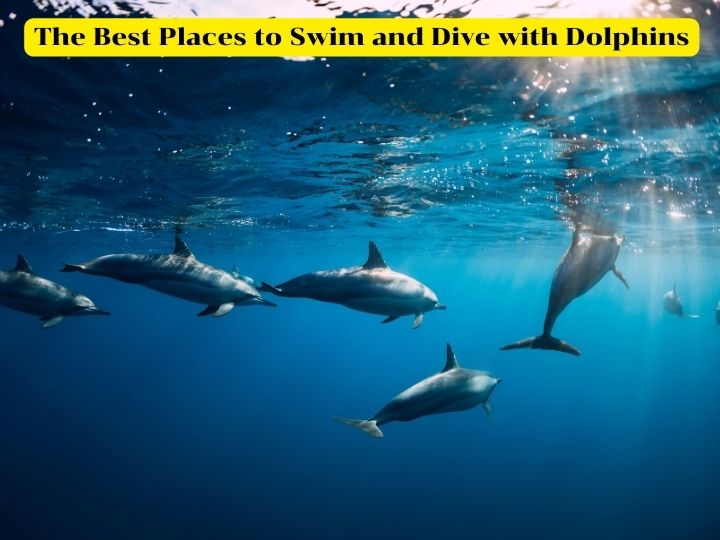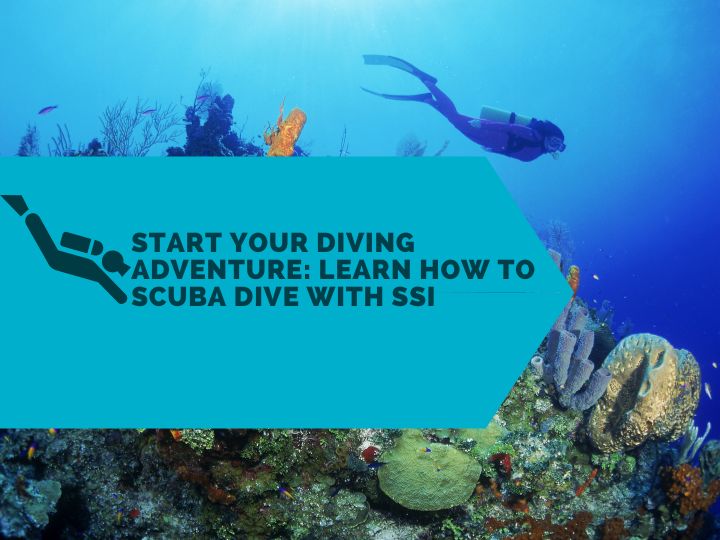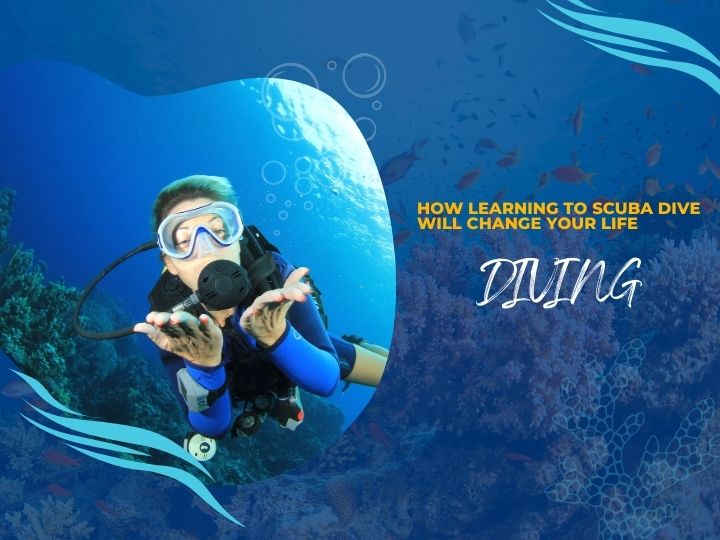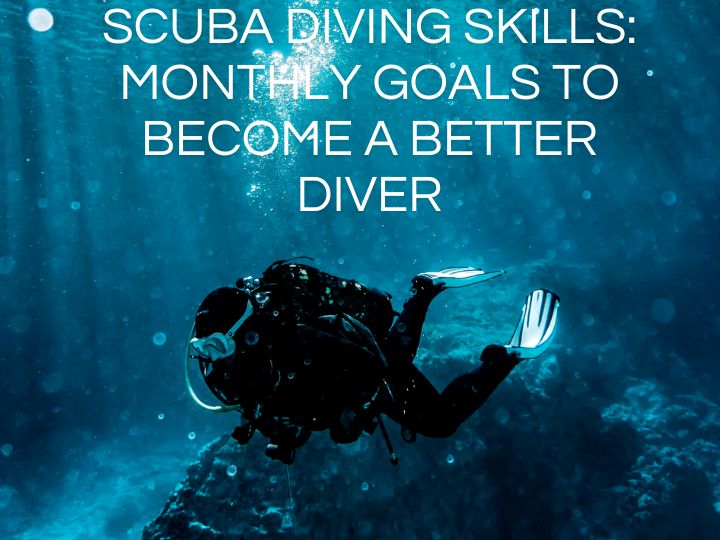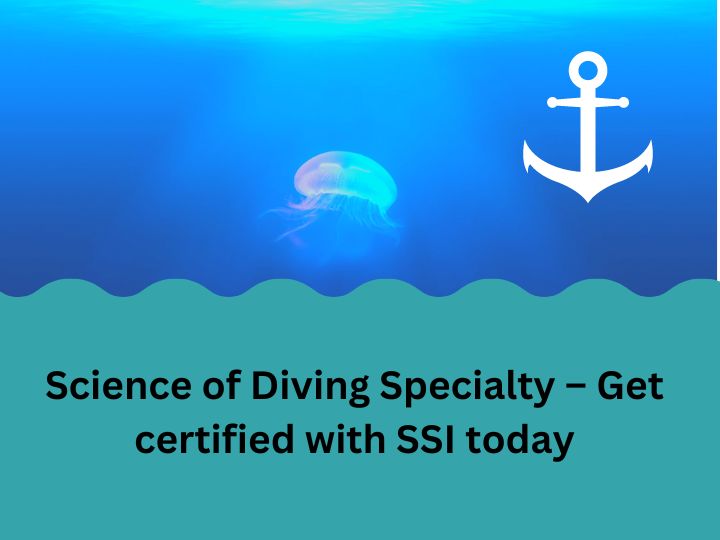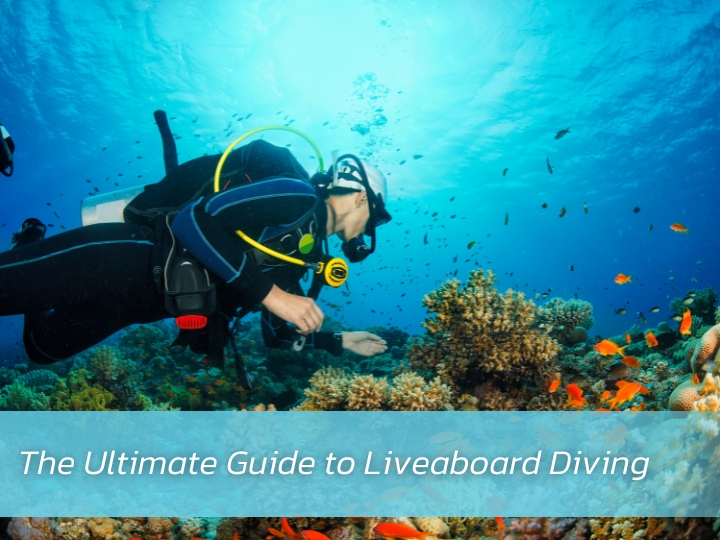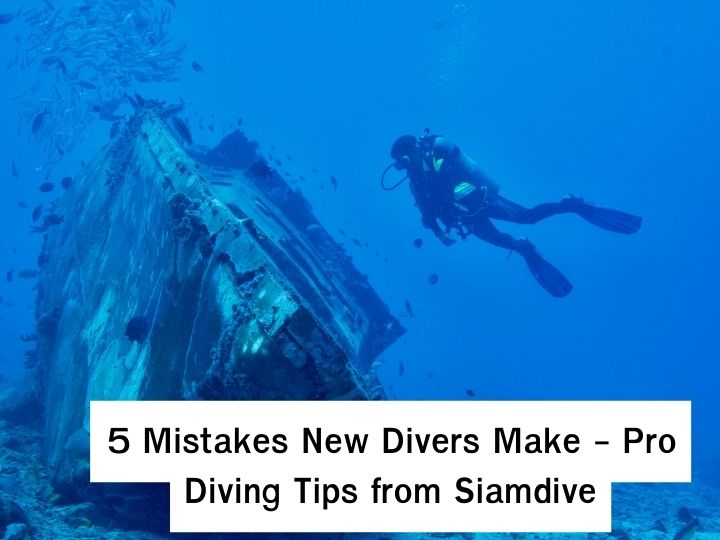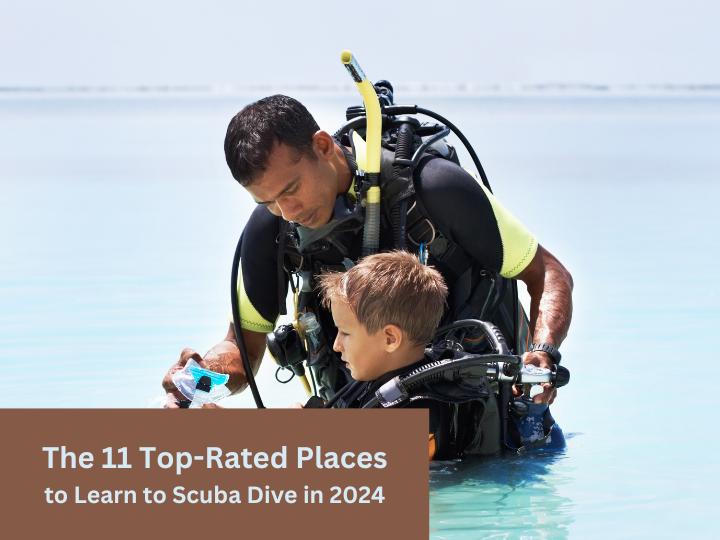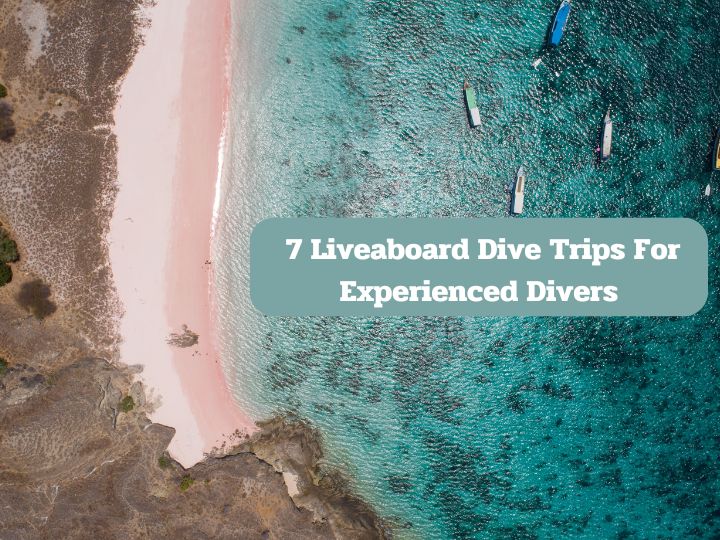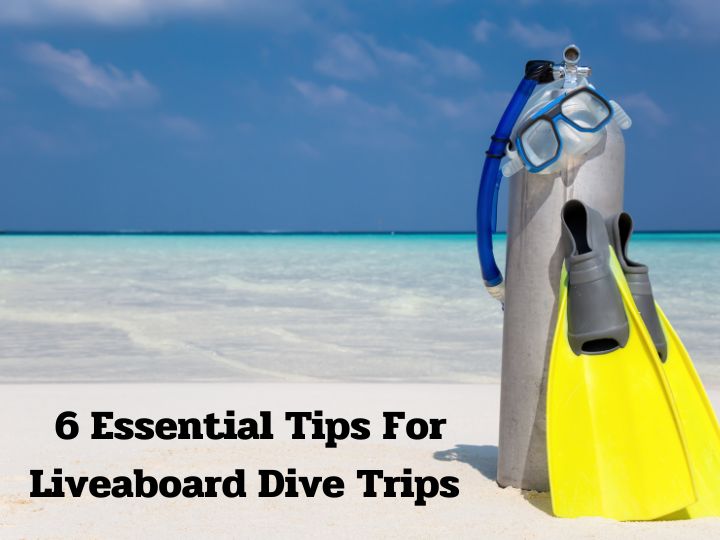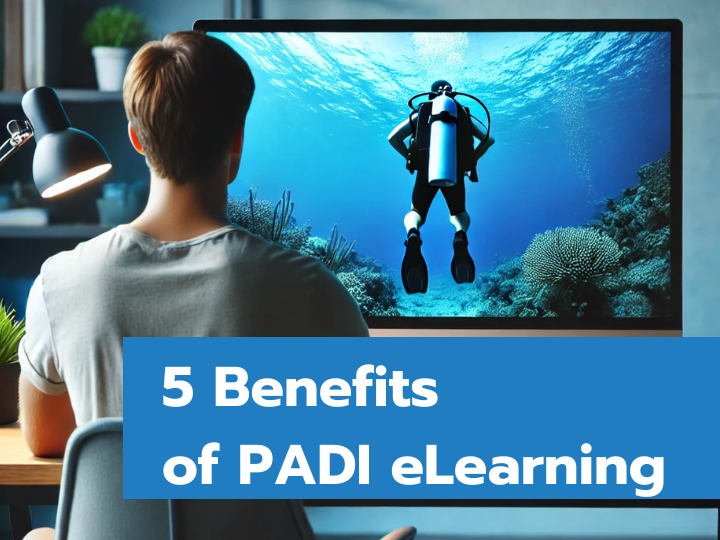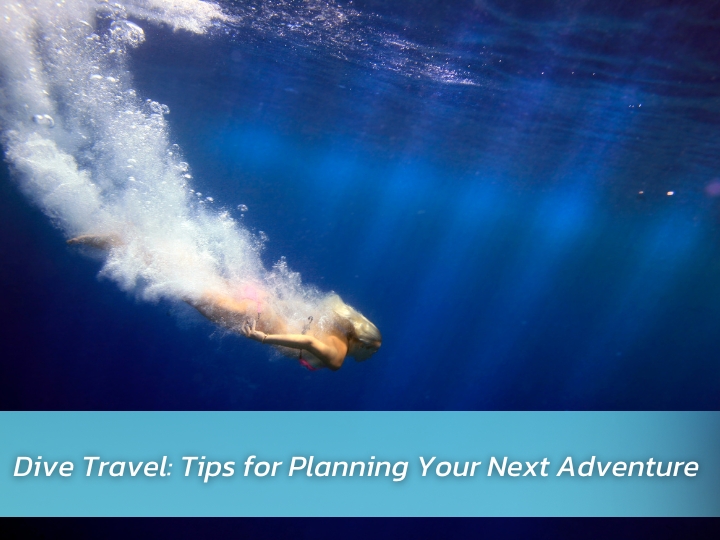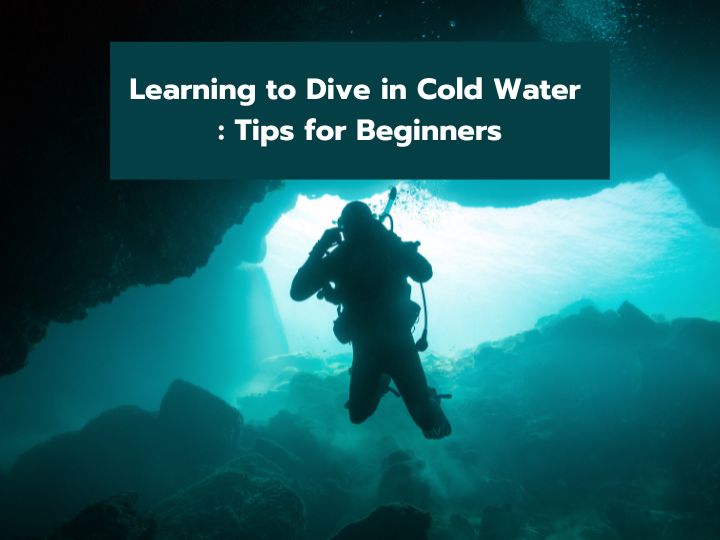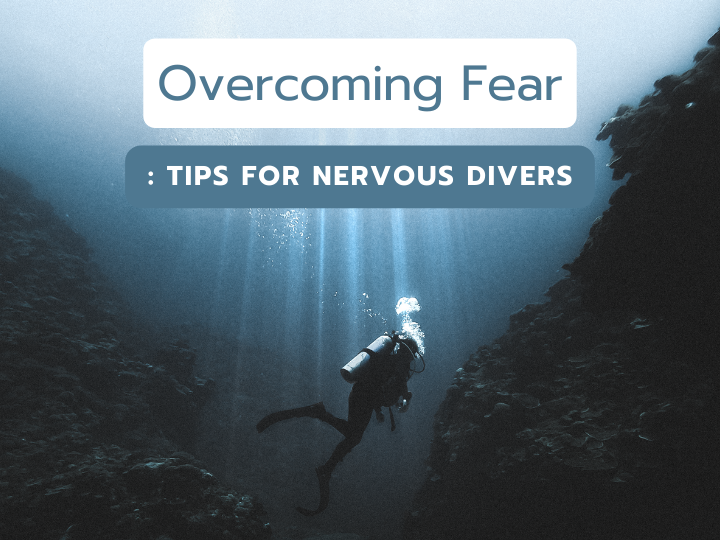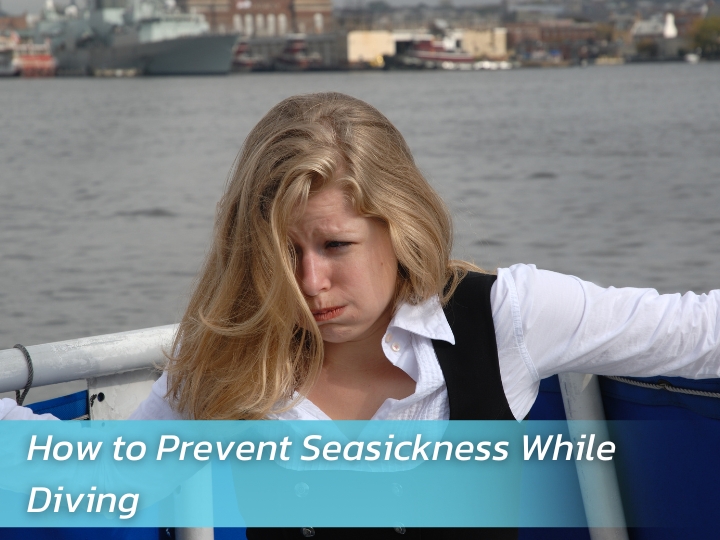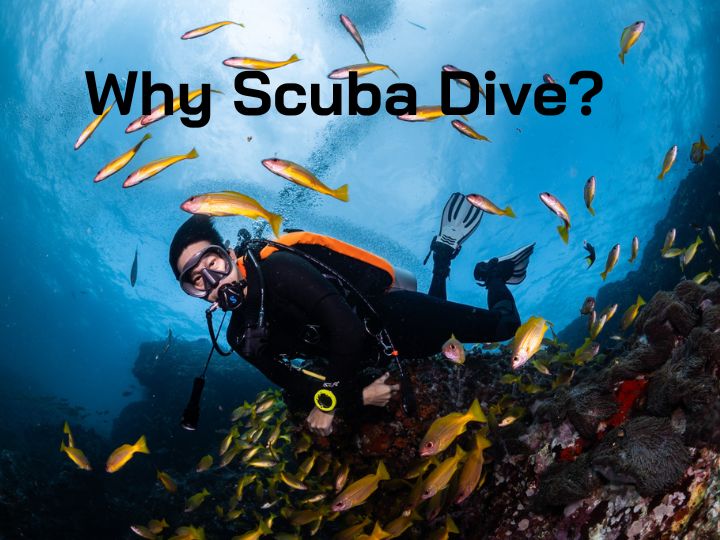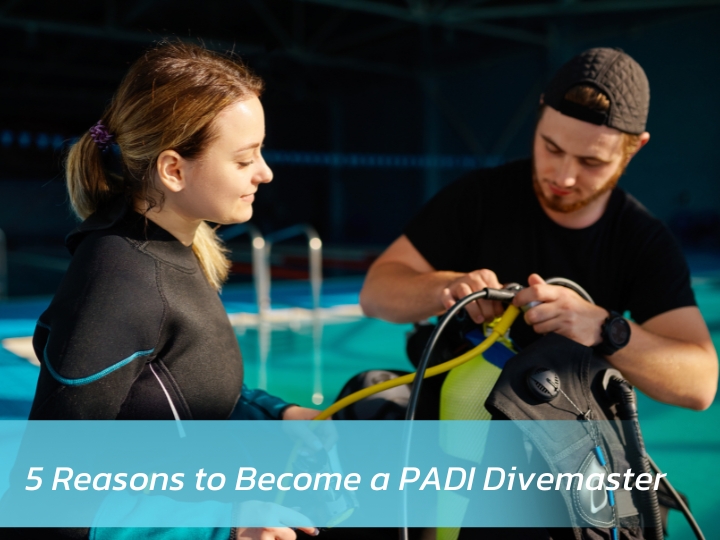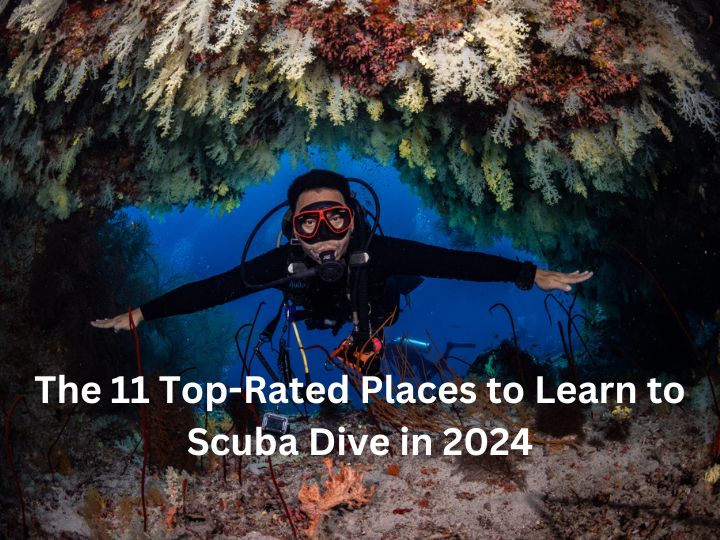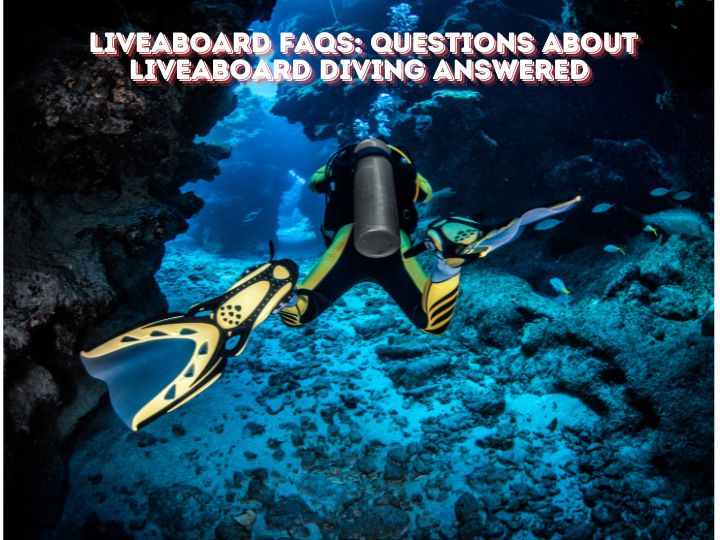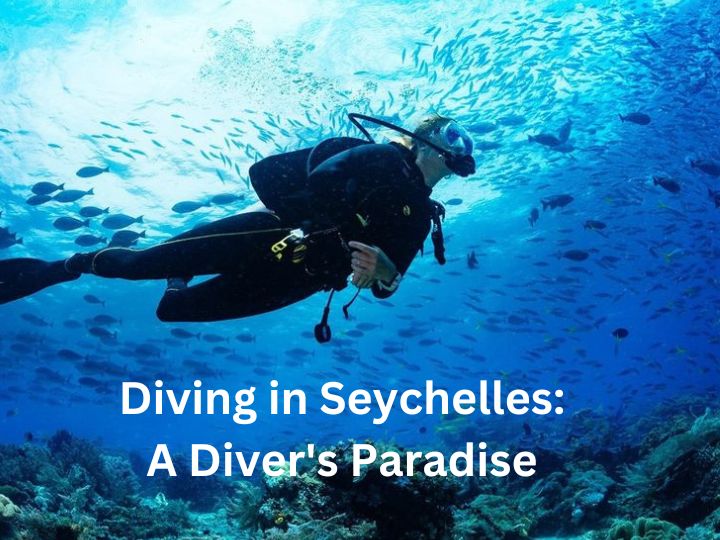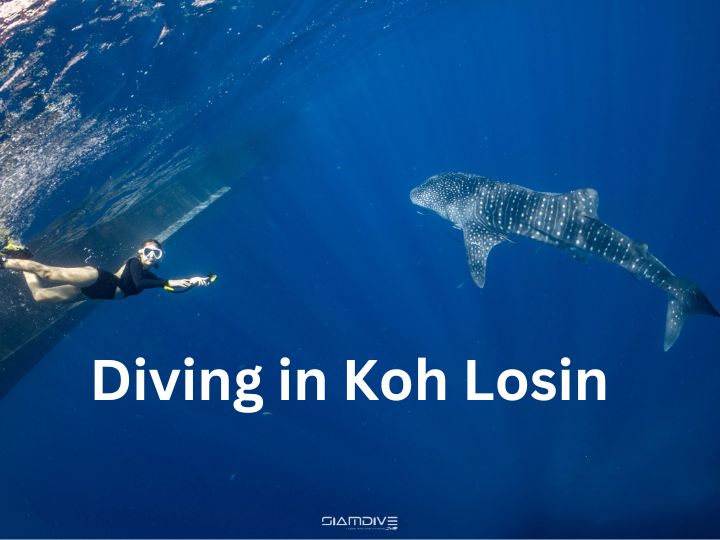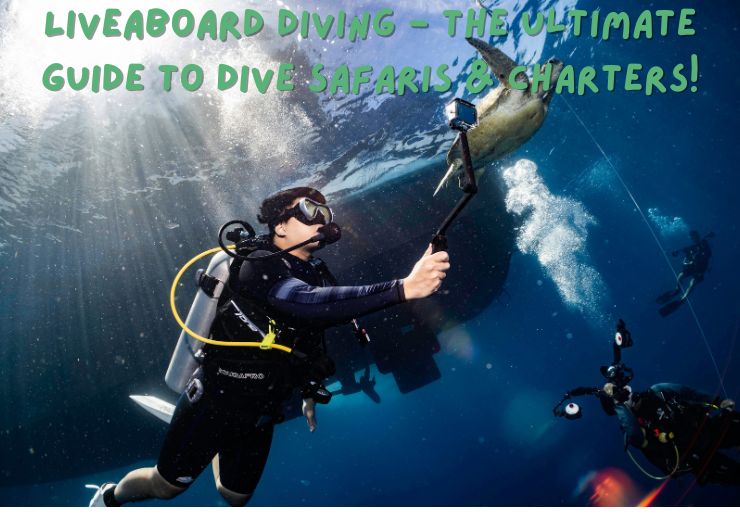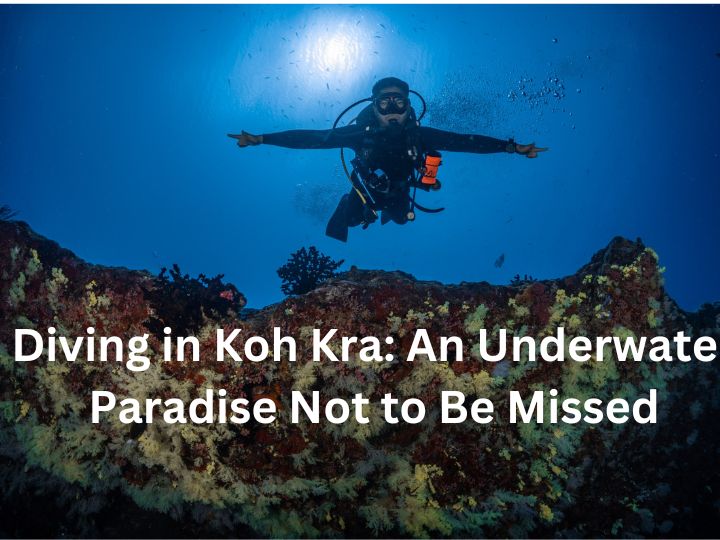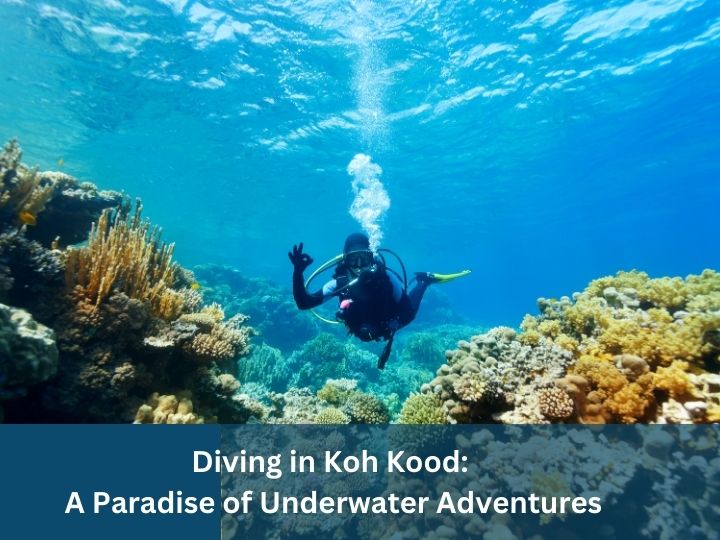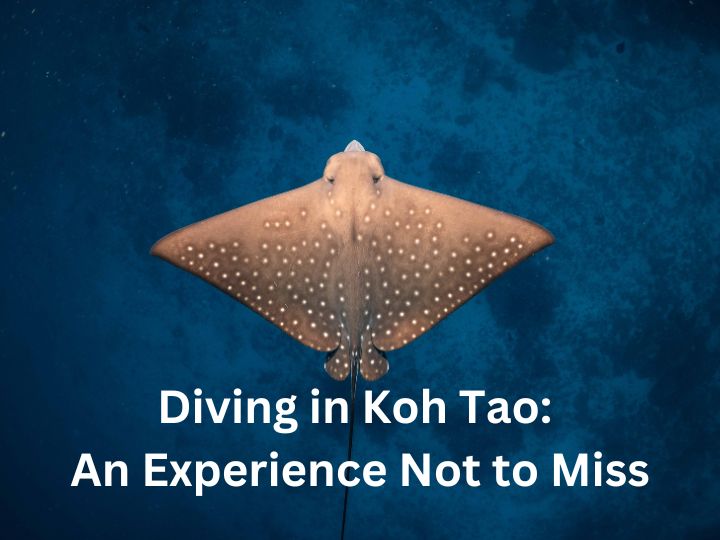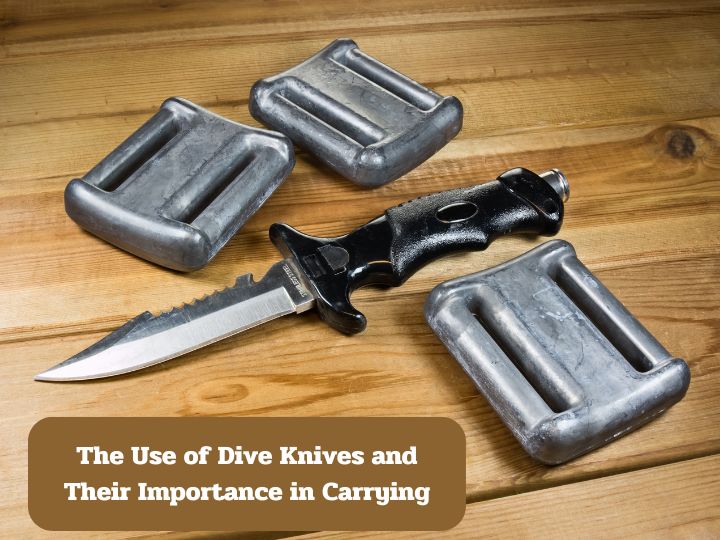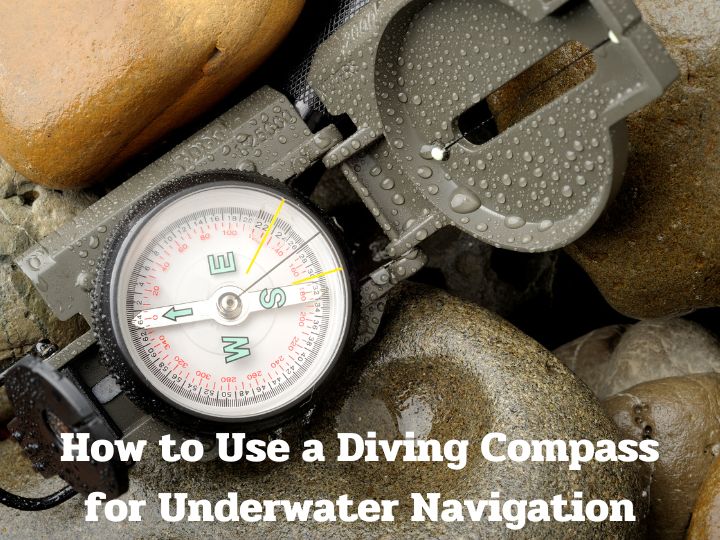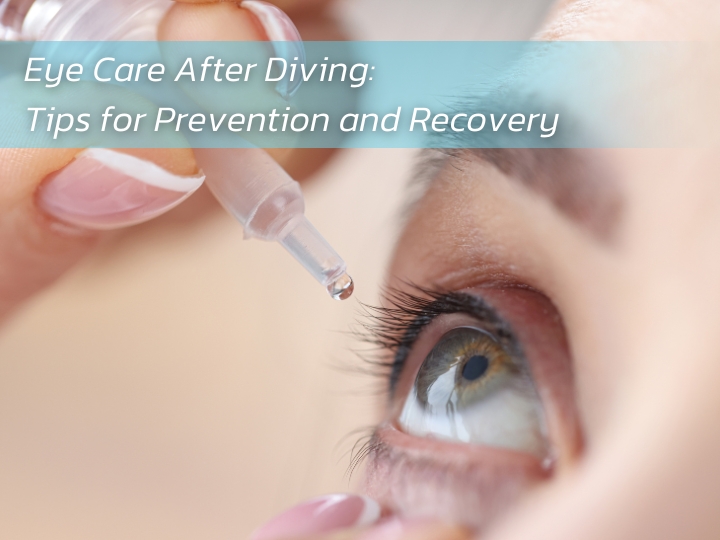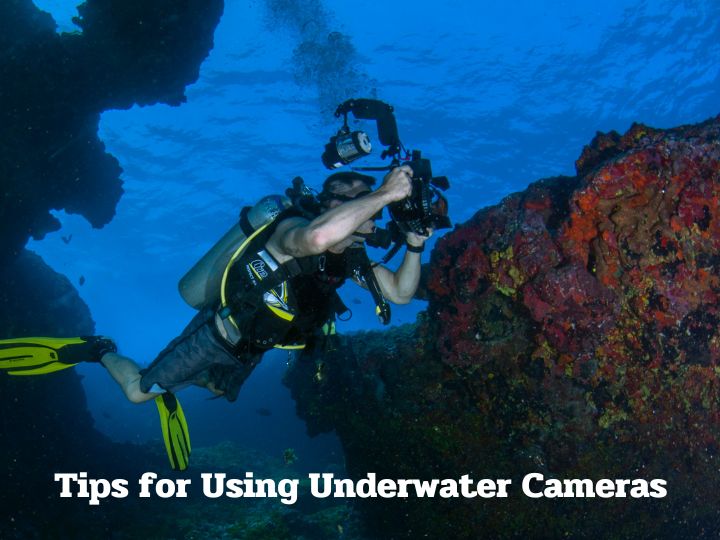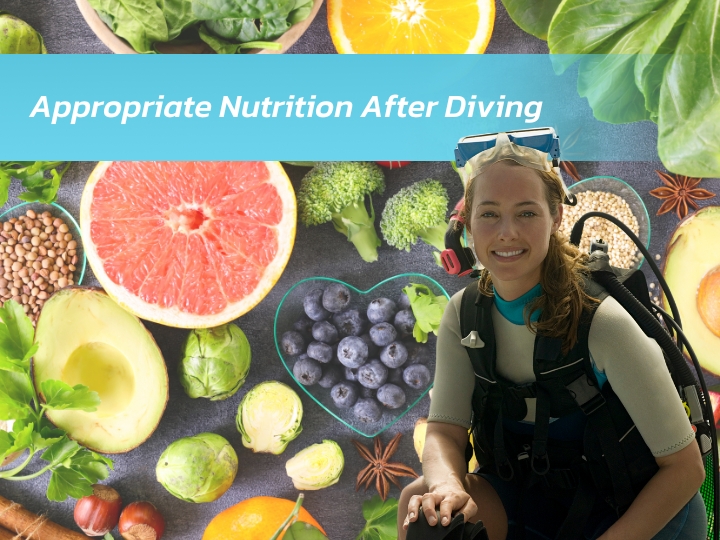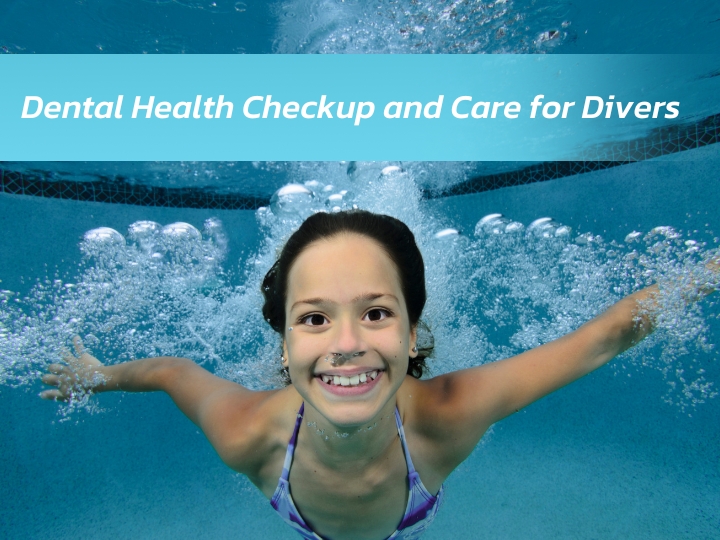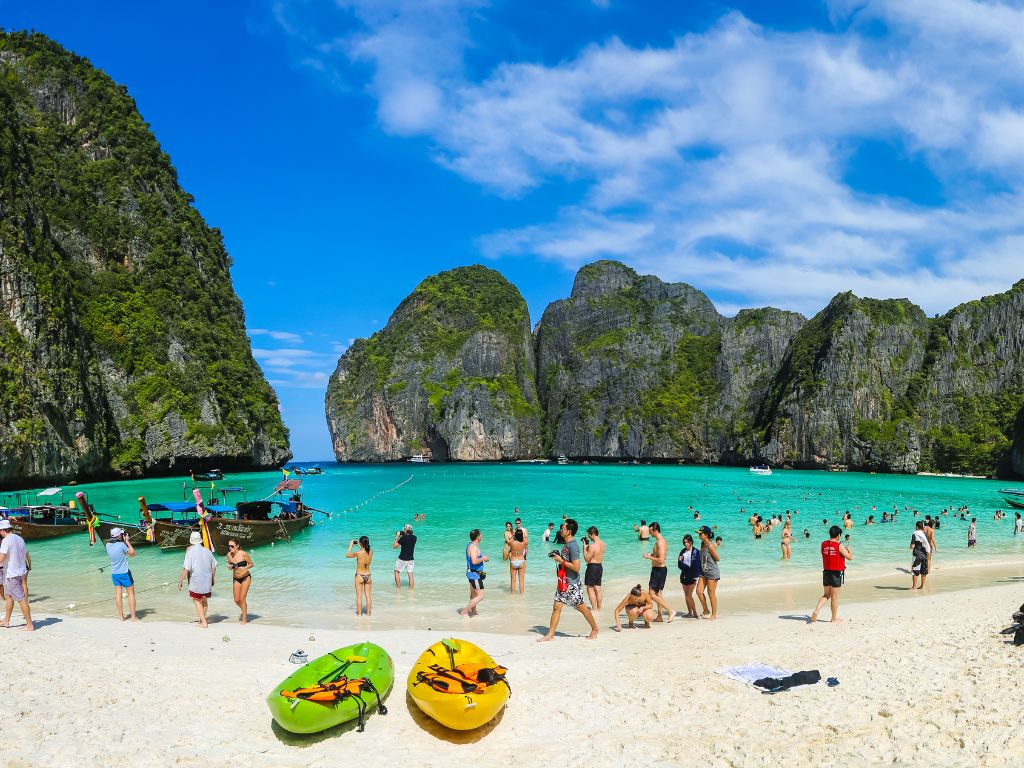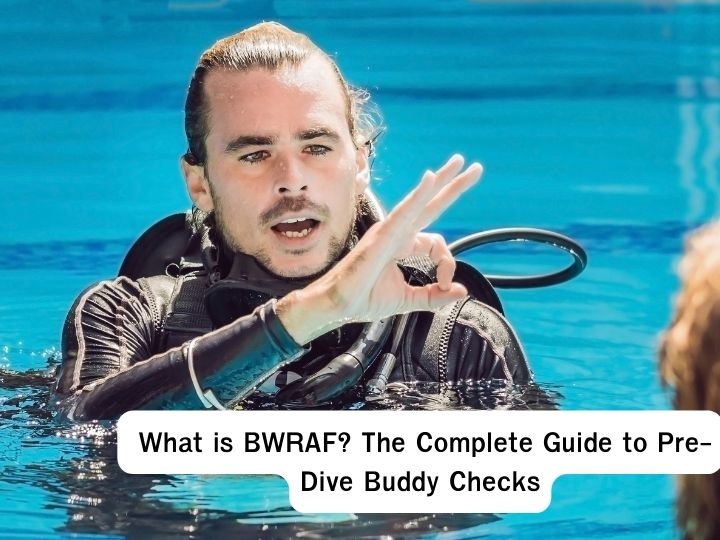Title
Why Learn to Dive with PADI?
Description
This article explains why learning to dive with PADI is the best choice, providing information about the benefits and experiences gained from PADI dive training.
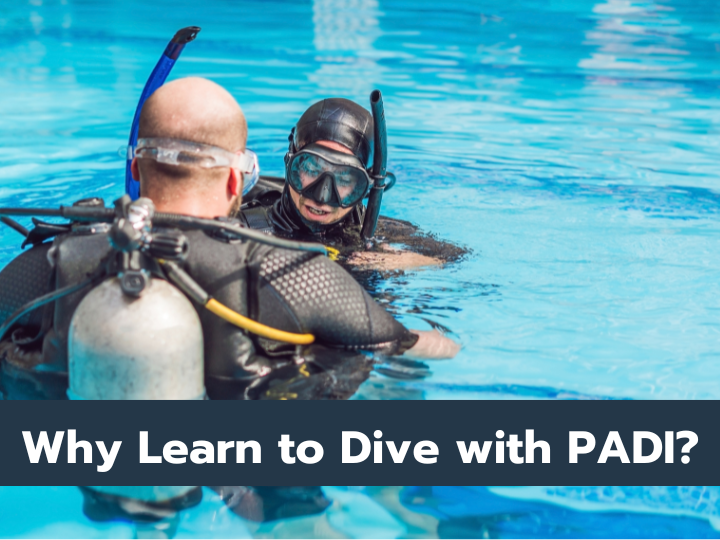
Why Learn to Dive with PADI?
This article explains why learning to dive with PADI is the best choice, providing information about the benefits and experiences gained from PADI dive training.

Why Learn to Dive with PADI?
Diving is an exciting and intriguing activity. For those interested in exploring the underwater world, choosing to learn diving with a reputable and high-standard organization is crucial. One of the most globally recognized organizations for diving instruction is PADI (Professional Association of Diving Instructors). In this article, we will explore why learning to dive with PADI is the best choice.
High Teaching Standards
PADI maintains high teaching standards recognized worldwide. PADI's dive courses are meticulously designed to cover all aspects of diving, from theoretical learning to practical training in swimming pools and real ocean dives.
Globally Recognized Certification
Upon completing the training and receiving certification from PADI, you can dive anywhere in the world. PADI certifications are accepted at over 6,500 dive locations worldwide, allowing you to use your skills and knowledge to explore the underwater world with confidence.
Diverse and Flexible Courses
PADI offers a variety of dive courses, from beginner to professional levels. Whether you are a first-time diver or an experienced diver, you can find a suitable course. PADI courses are also flexible, allowing you to learn at your own pace and convenience.
Training by Expert Instructors
PADI dive instructors undergo rigorous training and testing, ensuring you are taught by knowledgeable and experienced experts. Additionally, PADI instructors receive training in safety and emergency management, which is crucial for diving.
Skills and Experiences Beneficial in Real Life
Learning to dive with PADI not only teaches you diving skills but also helps you develop important life skills such as teamwork, problem-solving, and risk management. These skills can be applied in daily life and work.
Opportunities to Meet and Network
Learning to dive with PADI provides opportunities to meet and network with other divers who share the same interests. You can exchange experiences and interesting stories about diving and participate in various dive activities and trips organized by PADI.
Details of PADI Dive Courses
PADI offers a variety of dive courses that you can choose according to your needs and skill level. Here are some of the popular courses suitable for all levels of divers.
Open Water Diver Course
The Open Water Diver course is a beginner course suitable for those who have never dived before. In this course, you will learn diving theory, practice in a swimming pool, and do real ocean dives. Upon completing this course, you will receive an Open Water Diver certification, allowing you to dive anywhere in the world.
Advanced Open Water Diver Course
The Advanced Open Water Diver course is a follow-up course for those who have completed the Open Water Diver training. This course focuses on developing higher diving skills such as deep diving, night diving, and underwater navigation. You will gain diverse and challenging diving experiences.
Rescue Diver Course
The Rescue Diver course focuses on developing skills in managing and responding to emergency situations in diving. You will learn how to assist yourself and others in various underwater situations. This course is suitable for those who want to improve their diving skills and safety.
Divemaster Course
The Divemaster course is for those who want to become leaders and dive instructors. You will learn skills in managing dive groups, teaching, and planning dive activities. This course is the first step toward a career in dive instruction.
Conclusion
Learning to dive with PADI is an excellent choice for those who want to explore the underwater world safely and enjoyably. With high teaching standards, globally recognized certifications, and diverse courses, PADI meets the needs of divers at all levels. Whether you are a beginner or an experienced diver, learning to dive with PADI will help you develop your skills and create unforgettable experiences.

PADI Dive Courses
Learning to dive with PADI not only helps you earn a globally recognized certification but also offers a unique experience in exploring the underwater world. Here are the details about the various courses offered by PADI.
Open Water Diver Course
This course is a basic training program suitable for those with no prior diving experience. You will learn the basics of diving, how to use and maintain diving equipment, underwater behavior, and how to handle various situations that may arise. The course is divided into two main parts: theoretical learning and practical training.
The theoretical learning covers topics such as the functioning of diving equipment, dive planning, managing common problems, and the regulations related to diving. In practical training, you will practice using diving equipment in a swimming pool before diving in the ocean. Learning in a safe environment helps build your confidence and readiness for ocean diving.
Advanced Open Water Diver Course
This course is suitable for those who have completed the Open Water Diver course and wish to enhance their diving skills. The course includes more diverse and challenging dives such as deep diving, night diving, and underwater navigation. You will learn how to handle more complex situations and enhance essential diving skills.
This course also allows you to try diving in different scenarios, such as diving in various environments, dealing with water currents, and diving with obstacles. You will receive guidance from experienced instructors to improve your diving skills and techniques.
Rescue Diver Course
This course focuses on developing skills for managing and responding to emergency situations in diving. You will learn how to assist yourself and others in various underwater scenarios. The training includes first aid, using rescue equipment, and handling complex emergency situations.
Learning in this course helps increase your confidence and ability to manage unexpected situations in diving. You will be trained by experienced instructors in managing emergencies and assisting others. Having rescue and first aid skills will make you a safer diver.
Divemaster Course
The Divemaster course is for those who want to become leaders and dive instructors. You will learn skills in managing dive groups, teaching, and planning dive activities. This course is the first step toward a career in dive instruction.
In this course, you will learn how to be a leader and teach diving in various situations. You will practice skills in managing dive groups, planning and managing dive activities, and teaching diving theory and practice. You will receive guidance from experienced instructors in leadership and dive instruction.
The Divemaster course also provides opportunities to practice in real environments, manage complex situations, and learn how to be an effective leader. You will gain the experience and skills needed to become a quality dive instructor.
Benefits of Learning to Dive with PADI
Learning to dive with PADI has many benefits that ensure you receive quality and safe training. Here are some advantages of learning to dive with PADI.
High Teaching Standards
PADI has high teaching standards recognized worldwide. PADI dive courses are meticulously designed to cover all aspects of diving, from theoretical learning, and practical training in swimming pools, to actual ocean dives.
Globally Recognized Certification
Upon completing the training and receiving certification from PADI, you can dive anywhere in the world. PADI certifications are accepted at over 6,500 dive locations worldwide, allowing you to use your skills and knowledge to explore the underwater world with confidence.
Training by Expert Instructors
PADI dive instructors undergo rigorous training and testing, ensuring you are taught by knowledgeable and experienced experts. Additionally, PADI instructors receive training in safety and emergency management, which is crucial for diving.
Diverse and Flexible Courses
PADI offers a variety of dive courses, from beginner to professional levels. Whether you are a first-time diver or an experienced diver, you can find a suitable course. PADI courses are also flexible, allowing you to learn at your own pace and convenience.
Choosing the Right Diving Equipment
Choosing the right diving equipment is essential for a smooth and safe diving experience. Here are some tips on selecting suitable diving equipment.
Dive Mask
A dive mask is crucial for clear underwater vision. Choose a mask that fits well and is comfortable to wear. A mask with clear lenses and a wide field of view will help you see underwater clearly.
Snorkel
A snorkel allows you to breathe while diving. Choose a snorkel that is flexible and fits your mouth well. A snorkel with a water-repellent valve will help prevent water from entering the snorkel while you dive.
Dive Suit
A dive suit helps keep you warm and safe while diving. Choose a suit that fits your body well and is flexible. A suit made of high-quality material will provide comfort and protect against cold.
Air Tank
An air tank is essential for underwater breathing. Choose a tank with sufficient capacity and a reliable system. Regularly checking and maintaining the air tank will ensure its safe use.
Fins
Fins help you move efficiently underwater. Choose fins that fit your feet well and are flexible. Fins of the right size and shape will help you move quickly and conserve energy.
Conclusion
Learning to dive with PADI is an excellent choice for those who want to explore the underwater world safely and enjoyably. With high teaching standards, globally recognized certifications, and diverse courses, PADI meets the needs of divers at all levels. Whether you are a beginner or an experienced diver, learning to dive with PADI will help you develop your skills and create unforgettable experiences.

Why Choose PADI for Your Diving Education?
Learning to dive with PADI provides not only a globally recognized certification but also a thorough and enriching educational experience. Let's delve deeper into why PADI is the preferred choice for many divers worldwide.
PADI's Global Recognition
One of the key benefits of learning to dive with PADI is the global recognition of its certifications. With over 6,500 dive centers and resorts worldwide, PADI certifications are accepted and respected everywhere. This allows divers to explore underwater sites around the globe with confidence, knowing their skills meet international standards.
Comprehensive Training Programs
PADI offers a wide range of training programs designed to suit all levels of divers, from beginners to professionals. Each course is meticulously developed to ensure thorough knowledge and practical skills. The training is divided into theoretical and practical components, ensuring that divers are well-prepared for real-world diving experiences.
Experienced and Certified Instructors
PADI instructors are highly trained and certified professionals. They undergo rigorous training and assessment to ensure they can provide top-quality instruction. Their extensive experience and expertise help students learn the essential skills for safe and enjoyable diving. Additionally, PADI instructors emphasize safety and emergency management, which are critical components of any diving education.
Flexible Learning Options
PADI offers flexible learning options to accommodate the diverse needs of its students. Whether you prefer to study online or in-person, PADI provides resources that allow you to learn at your own pace. This flexibility ensures that learning to dive can fit into any schedule, making it accessible to everyone.
Focus on Safety and Environmental Awareness
Safety is a cornerstone of PADI's training programs. Students are taught how to handle various underwater situations and emergencies. PADI also promotes environmental awareness and encourages divers to respect and protect marine ecosystems. This dual focus on safety and environmental stewardship ensures that PADI divers are responsible and conscientious.
Diverse and Specialized Courses
Beyond the basic Open Water Diver certification, PADI offers a variety of specialized courses that allow divers to pursue specific interests. These include courses in underwater photography, wreck diving, cave diving, and more. Such specialized training enables divers to enhance their skills and explore new underwater adventures.
PADI Course Details
PADI offers a range of courses designed to meet the needs of all divers. Here are some of the most popular courses:
Open Water Diver Course
The Open Water Diver course is PADI's entry-level course, ideal for beginners. It covers essential diving skills and knowledge, including equipment use, underwater navigation, and safety procedures. Upon completion, students receive a certification that allows them to dive independently with a buddy.
Advanced Open Water Diver Course
This course builds on the skills learned in the Open Water Diver course and introduces divers to more advanced techniques. It includes five adventure dives, such as deep diving and underwater navigation, allowing divers to gain confidence and experience in different underwater environments.
Rescue Diver Course
The Rescue Diver course is designed to develop skills in managing and responding to diving emergencies. It covers self-rescue techniques, assisting distressed divers, and managing dive accidents. This course is essential for those who want to increase their safety awareness and ability to handle emergencies.
Divemaster Course
The Divemaster course is the first professional level in PADI's training system. It prepares divers to lead and supervise dive activities, assist instructors, and teach certain courses. This comprehensive training includes knowledge development, water skills exercises, and hands-on practical experience.
Conclusion
Learning to dive with PADI provides unparalleled benefits, from high-quality education and flexible learning options to a strong emphasis on safety and environmental responsibility. With PADI's global recognition, experienced instructors, and diverse course offerings, divers can develop their skills and explore the underwater world with confidence and competence. Whether you're a beginner or an experienced diver, PADI offers the tools and support you need to succeed and enjoy diving to the fullest.

The Advantages of Learning to Dive with PADI
Choosing to learn diving with PADI offers a multitude of benefits, ensuring a comprehensive and enjoyable diving education. Here are some reasons why PADI stands out as the best choice for divers.
High Standards of Instruction
PADI is known for its high standards of instruction, which are recognized globally. The courses are meticulously designed to cover all necessary aspects of diving, from theoretical knowledge to practical skills. This thorough approach ensures that students are well-prepared for diving in real-world environments.
Globally Recognized Certification
When you complete a PADI course, your certification is recognized worldwide. This allows you to dive at numerous locations around the globe, confident in the knowledge that your skills meet international standards. PADI’s reputation ensures that your certification is respected and accepted by dive centers everywhere.
Diverse Range of Courses
PADI offers a wide range of courses to suit divers of all levels and interests. Whether you are a beginner looking to start your diving journey or an experienced diver wanting to specialize, PADI has a course for you. The flexibility of these courses allows you to progress at your own pace and choose the path that best suits your needs.
Expert Instructors
PADI instructors are highly trained professionals with extensive experience in diving. They undergo rigorous training and certification processes to ensure they can provide top-quality instruction. Their expertise helps students learn effectively, ensuring a safe and enjoyable diving experience.
Safety First
Safety is a core principle of PADI’s training programs. Students are taught how to manage various underwater situations and handle emergencies effectively. The emphasis on safety ensures that divers are well-prepared to deal with potential challenges and dive confidently.
Environmental Awareness
PADI promotes environmental awareness and responsibility. Divers are educated about the importance of protecting marine ecosystems and are encouraged to dive in an environmentally friendly manner. This focus on conservation helps ensure that underwater environments are preserved for future generations.
Choosing the Right Diving Equipment
The right diving equipment is essential for a safe and enjoyable diving experience. Here are some tips on selecting the appropriate gear:
Dive Mask
A well-fitting dive mask is crucial for clear underwater vision. Look for a mask that fits comfortably and provides a good seal to prevent water from entering. A wide field of view will enhance your underwater experience.
Snorkel
Choose a snorkel that is comfortable and easy to use. A snorkel with a purge valve can help keep water out and make breathing easier. Flexibility and comfort are key factors in selecting a good snorkel.
Dive Suit
A dive suit keeps you warm and protected underwater. Depending on the water temperature, you can choose between a wetsuit or a drysuit. Ensure the suit fits well and allows for easy movement. The material should be durable and provide adequate insulation.
Air Tank
The air tank is a critical piece of equipment that provides the air you breathe underwater. Choose a tank with the appropriate capacity for your diving needs and ensure it is well-maintained. Regular inspections and maintenance are vital for safety.
Fins
Fins help you move efficiently underwater. Select fins that fit well and are comfortable. The right fins will make your swimming more efficient and help conserve energy during your dive.
PADI Course Highlights
Here are some of the standout courses offered by PADI:
Open Water Diver Course
This entry-level course is perfect for beginners. It covers essential diving skills, safety procedures, and basic underwater navigation. Upon completion, you’ll be certified to dive independently with a buddy.
Advanced Open Water Diver Course
This course helps divers enhance their skills through adventure dives such as deep diving, night diving, and underwater navigation. It’s an excellent way to gain more experience and confidence in various diving conditions.
Rescue Diver Course
The Rescue Diver course focuses on developing your ability to handle emergencies and assist other divers. It covers self-rescue techniques, recognizing and managing stress in other divers, and handling emergency situations effectively.
Divemaster Course
This professional-level course prepares you to lead dive activities and assist instructors. It includes extensive training in dive theory, water skills, and leadership abilities. Completing this course is the first step toward becoming a PADI professional.
Conclusion
Learning to dive with PADI offers numerous benefits, including high-quality education, flexible course options, and a strong emphasis on safety and environmental responsibility. With PADI’s globally recognized certifications, expert instructors, and a diverse range of courses, you can develop your diving skills and explore the underwater world with confidence. Whether you’re new to diving or looking to advance your skills, PADI provides the resources and support you need to succeed and enjoy the wonders of the underwater realm.

PADI Dive Courses
Learning to dive with PADI not only helps you earn a globally recognized certification but also offers a unique experience in exploring the underwater world. Here are the details about the various courses offered by PADI.
Open Water Diver Course
This course is a basic training program suitable for those with no prior diving experience. You will learn the basics of diving, how to use and maintain diving equipment, underwater behavior, and how to handle various situations that may arise. The course is divided into two main parts: theoretical learning and practical training.
The theoretical learning covers topics such as the functioning of diving equipment, dive planning, managing common problems, and the regulations related to diving. In practical training, you will practice using diving equipment in a swimming pool before diving in the ocean. Learning in a safe environment helps build your confidence and readiness for ocean diving.
Advanced Open Water Diver Course
This course is suitable for those who have completed the Open Water Diver course and wish to enhance their diving skills. The course includes more diverse and challenging dives such as deep diving, night diving, and underwater navigation. You will learn how to handle more complex situations and enhance essential diving skills.
This course also allows you to try diving in different scenarios, such as diving in various environments, dealing with water currents, and diving with obstacles. You will receive guidance from experienced instructors to improve your diving skills and techniques.
Rescue Diver Course
This course focuses on developing skills for managing and responding to emergency situations in diving. You will learn how to assist yourself and others in various underwater scenarios. The training includes first aid, using rescue equipment, and handling complex emergency situations.
Learning in this course helps increase your confidence and ability to manage unexpected situations in diving. You will be trained by experienced instructors in managing emergencies and assisting others. Having rescue and first aid skills will make you a safer diver.
Divemaster Course
The Divemaster course is for those who want to become leaders and dive instructors. You will learn skills in managing dive groups, teaching, and planning dive activities. This course is the first step toward a career in dive instruction.
In this course, you will learn how to be a leader and teach diving in various situations. You will practice skills in managing dive groups, planning and managing dive activities, and teaching diving theory and practice. You will receive guidance from experienced instructors in leadership and dive instruction.
The Divemaster course also provides opportunities to practice in real environments, manage complex situations, and learn how to be an effective leader. You will gain the experience and skills needed to become a quality dive instructor.
Benefits of Learning to Dive with PADI
Learning to dive with PADI has many benefits that ensure you receive quality and safe training. Here are some advantages of learning to dive with PADI.
High Teaching Standards
PADI has high teaching standards recognized worldwide. PADI dive courses are meticulously designed to cover all aspects of diving, from theoretical learning, and practical training in swimming pools, to actual ocean dives.
Globally Recognized Certification
Upon completing the training and receiving certification from PADI, you can dive anywhere in the world. PADI certifications are accepted at over 6,500 dive locations worldwide, allowing you to use your skills and knowledge to explore the underwater world with confidence.
Training by Expert Instructors
PADI dive instructors undergo rigorous training and testing, ensuring you are taught by knowledgeable and experienced experts. Additionally, PADI instructors receive training in safety and emergency management, which is crucial for diving.
Diverse and Flexible Courses
PADI offers a variety of dive courses, from beginner to professional levels. Whether you are a first-time diver or an experienced diver, you can find a suitable course. PADI courses are also flexible, allowing you to learn at your own pace and convenience.
Choosing the Right Diving Equipment
Choosing the right diving equipment is essential for a smooth and safe diving experience. Here are some tips on selecting suitable diving equipment.
Dive Mask
A dive mask is crucial for clear underwater vision. Choose a mask that fits well and is comfortable to wear. A mask with clear lenses and a wide field of view will help you see underwater clearly.
Snorkel
A snorkel allows you to breathe while diving. Choose a snorkel that is flexible and fits your mouth well. A snorkel with a water-repellent valve will help prevent water from entering the snorkel while you dive.
Dive Suit
A dive suit helps keep you warm and safe while diving. Choose a suit that fits your body well and is flexible. A suit made of high-quality material will provide comfort and protect against cold.
Air Tank
An air tank is essential for underwater breathing. Choose a tank with sufficient capacity and a reliable system. Regularly checking and maintaining the air tank will ensure its safe use.
Fins
Fins help you move efficiently underwater. Choose fins that fit your feet well and are flexible. Fins of the right size and shape will help you move quickly and conserve energy.
Conclusion
Learning to dive with PADI is an excellent choice for those who want to explore the underwater world safely and enjoyably. With high teaching standards, globally recognized certifications, and diverse courses, PADI meets the needs of divers at all levels. Whether you are a beginner or an experienced diver, learning to dive with PADI will help you develop your skills and create unforgettable experiences.
